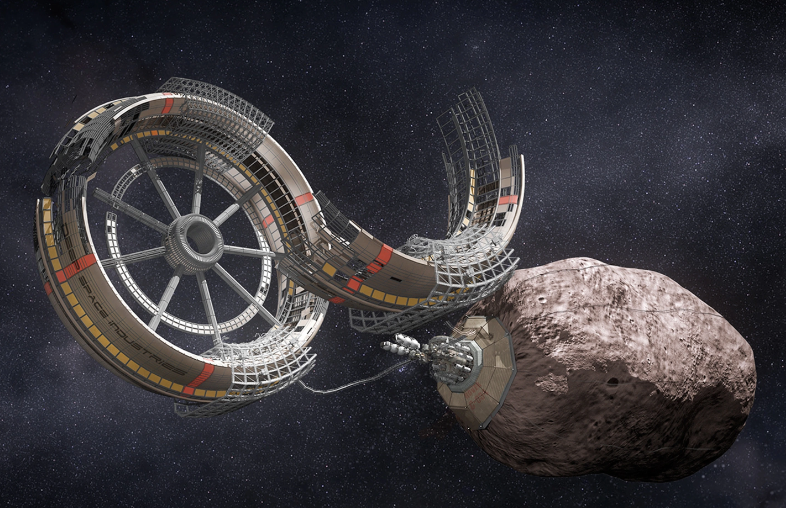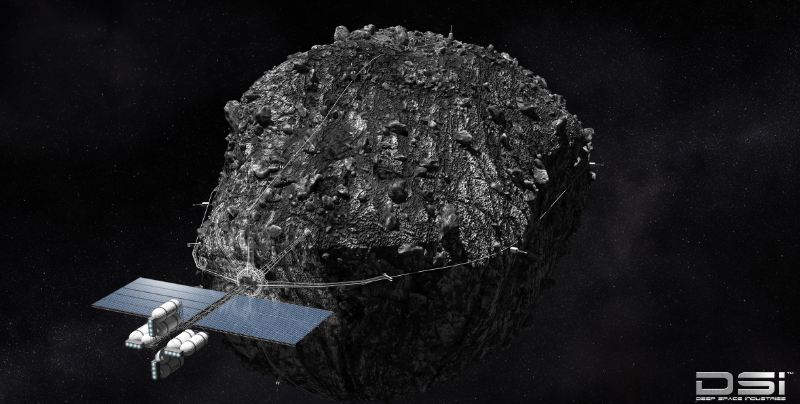Autonomous Asteroid Mining Robotics: Navigating the New Frontier
admin
February 22, 2024

Autonomous Asteroid Mining Robotics: Navigating the new Frontier
The concept of asteroid mining, once relegated to the realm of science fiction, is rapidly approaching the cusp of reality, propelled by advancements in autonomous robotics. As humanity’s gaze turns towards the cosmos for resources, autonomous asteroid mining robotics presents a unique blend of opportunities and challenges that could redefine our approach to resource extraction and space exploration.
The Dawn of a New Era in Space Exploration
Asteroid mining refers to the process of extracting valuable minerals and compounds from asteroids, which are believed to be packed with resources ranging from water, which can be converted into rocket fuel, to precious metals like platinum and gold. The key to unlocking these celestial treasure chests lies in the development of autonomous robotics – sophisticated machines capable of performing complex mining operations without human intervention, millions of miles away in the vacuum of space.
Opportunities Abound
Economic Viability and Sustainability: The potential economic benefits of asteroid mining are vast. Certain asteroids are rich in metals that are rare and expensive on Earth, making them highly sought after. By tapping into these extraterrestrial resources, we could significantly reduce the environmental impact of terrestrial mining, offering a more sustainable approach to resource extraction.
Technological Innovation: The push towards autonomous asteroid mining is driving innovation in robotics, AI, and space technology. The development of robots capable of navigating and operating in the harsh environment of space could have far-reaching implications, not only for asteroid mining but for the future of space exploration and colonization.
Enhancing Space Infrastructure: Autonomous mining robots could play a pivotal role in building the infrastructure needed for future space missions and habitation. By utilizing resources harvested directly from space, we can construct facilities on the Moon, Mars, or even in orbit, reducing the need to launch materials from Earth.
Navigating the Challenges
Technical Hurdles: The technical challenges of designing robots that can operate autonomously in the extreme conditions of space are immense. These machines must be capable of withstanding intense radiation, extreme temperatures, and the vacuum of space, all while performing complex mining and processing tasks.
Economic and Logistical Barriers: The initial investment required for asteroid mining missions is substantial, with current estimates running into the billions of dollars. Moreover, the logistics of transporting materials between Earth and space pose significant challenges, requiring innovative solutions in spacecraft design and propulsion technology.

The Path Forward
As we stand on the brink of this new frontier, the journey ahead for autonomous asteroid mining robotics is both daunting and exhilarating. Collaboration between governments, private industry, and the scientific community will be crucial in addressing the legal, ethical, and technical challenges that lie ahead.
The successful deployment of autonomous mining robots in space could herald a new era of resource extraction, one that offers untold benefits for Earth’s economy and environment while paving the way for humanity’s expansion into the cosmos. As we navigate these uncharted territories, the promise of autonomous asteroid mining stands as a testament to human ingenuity and our relentless pursuit of discovery and innovation.
Tags :

